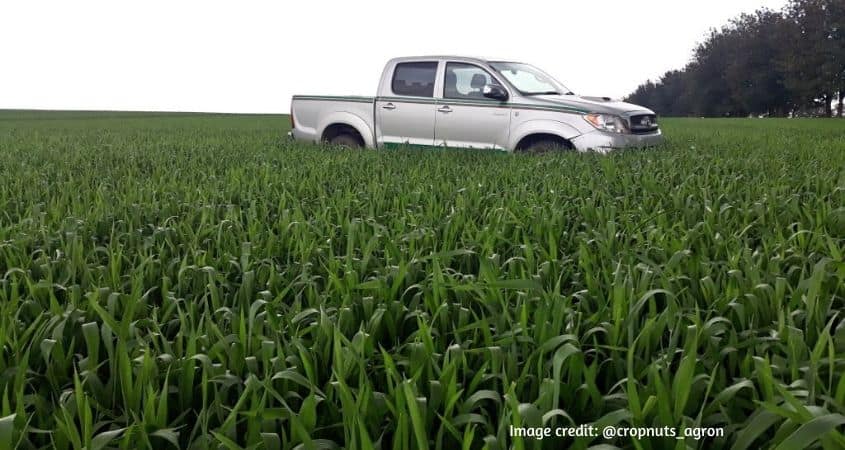
This week I take a look at wheat varieties in Kenya in anticipation of planting. Also we got latest trials results highlighting importance of Nitrogen and Sulphur in Canola
Still a solid wheat variety. First registered in 2009, Robin is never going to set the world alight but it has one key attribute; consistency. Robin yields well across a range of environments. Provided Rust can be managed with late T3 and T4 fungicides this is still a variety worth growing but it is becoming out classed.
The poor Septoria resistance was very evident last year, and I would suggest that an SDHI fungicide is a must in areas such as Timau or Eldoret. Grain quality is not the best, nor the worst.
Not the most prolific tillering variety, so consider a small dose of early nitrogen to promote tiller numbers, especially on wide row spacings over 25cm (10”).
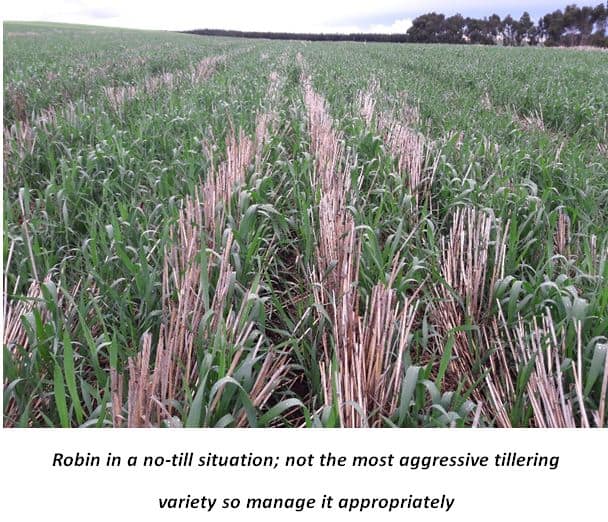
This is still the most popular wheat variety in Kenya, with the lion’s share of the wheat area in the North Rift. Although it is still very good on Stem Rust it is weak strawed so prone to lodging. In my opinion this limits the potential of any wheat variety; lodged crops do not yield.
The favoured wheat variety in Timau, Kwale has stood the test of time. Watch Yellow Rust in cool, wet periods when it is at Flag Leaf stage especially. Solid on Septoria and rarely grown in Stem Rust areas, the milling quality is good and the variety is unlikely to lodge.
A slow wheat variety to mature, but arguably deals with dry periods better than Njoro 2 and Robin.

Hawk is noticeably earlier maturity than the likes of Kwale and Njoro 2 wheat varieties but still offers very high yield potential. It tends to be slightly taller than Robin but still has good lodging resistance.
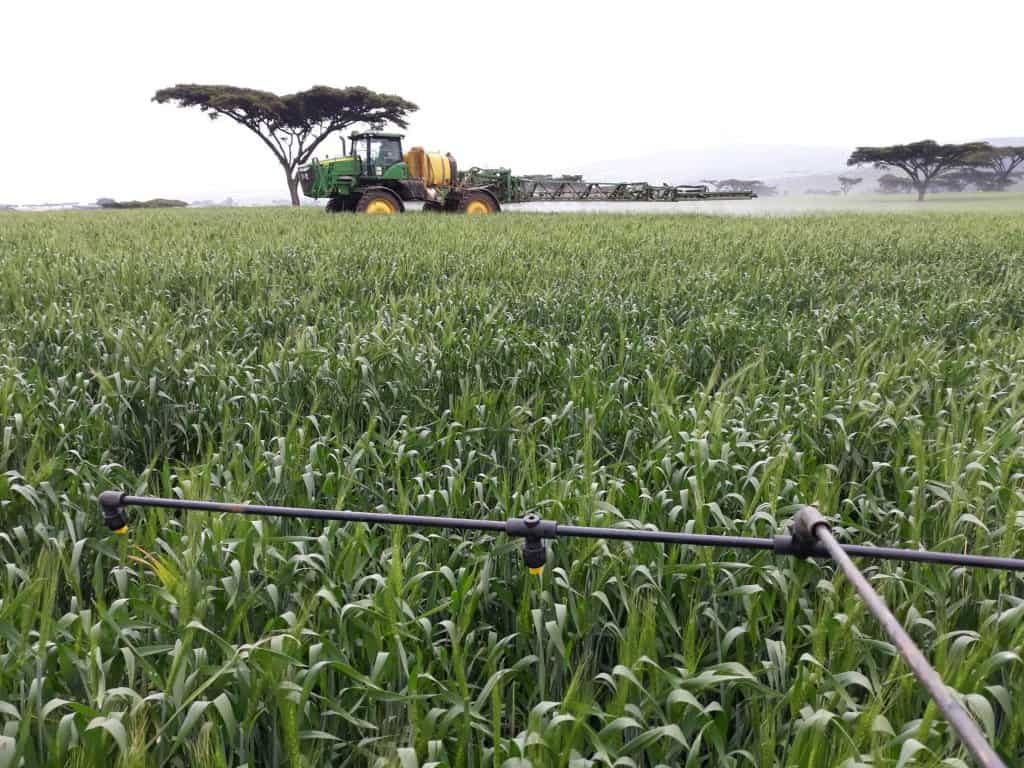
Unless the crop is severely stressed the Stem Rust resistance is very good, and our trials suggest the wheat variety has a low response to fungicides in most situations. Grain quality is reasonable.
This wheat variety can tiller excessively; when growing Hawk for the first time consider the seed rate carefully and avoid high doses of early nitrogen.

Very good quality white grain that is sought after by millers. Specific weight in my experience is perhaps slightly lower than others but not significantly.
Like Hawk, Korongo is stiff strawed and resistant to Stem Rust in all but the highest pressure situations. I have seen more leaf trapping from late graminicide applications in this variety than many others, so exercise caution when applying products like Sekator and Attribute.
Tillers well but benefits from fairly stiff straw.
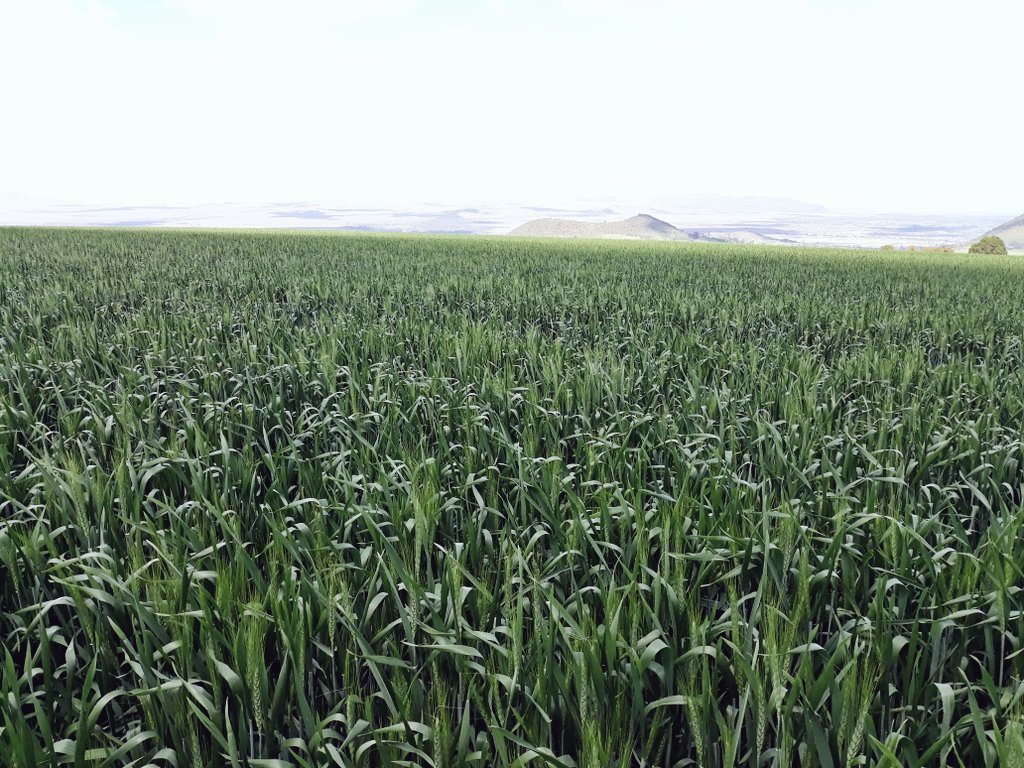
A slightly shorter season wheat variety with correspondingly lower yields. Useful as an off-season crop, but yields of Korongo and Hawk are often higher. Tall Straw so requires careful nitrogen management.
The overall disease profile is good, similar to Hawk. Reports of sprouting in some years, so needs prioritising at harvest.
A later maturity, high yield potential wheat variety with a very competitive growth habit. Wren is susceptible to both Stem Rust and Yellow Rust in my opinion, although its leafy growth provides a degree of competition against weeds.
The consensus is that Wren is not particularly well adapted to very high altitude nor very warm environments, which limits its usefulness.
A tall, quicker wheat variety similar to Eagle 10. Yields well in most situations but very susceptible to Fusarium (as photographed below last year near Nakuru) and poorer Stem Rust resistance. If you do grow this wheat variety, high rates of prothioconazole containing fungicides are a must at T3 for Fusarium control.
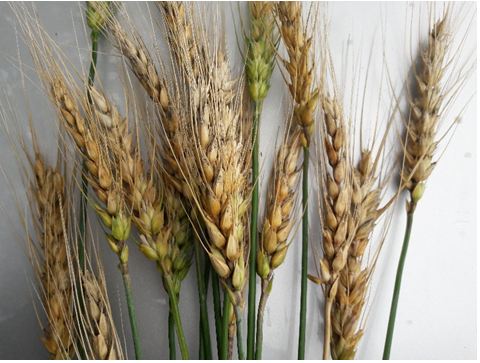
These are two very interesting new wheat varieties from the University of Eldoret currently in our trials. The noticeable feature is the small heads but high tiller numbers and short, stiff straw which is a very different but useful attribute. It will be very interesting to see how these wheat varieties will cope on 38cm (15”) rows given there markedly different growth habit.
We are awaiting yield results at present but the early maturity is encouraging.
I have discussed the importance of getting nitrogen and sulphur right in canola several times in THINK AGRONOMY articles; too little and you lose yield, too much and money is wasted. And the wrong amount of one of the nutrients can compromise the efficiency with which the other is used by the plant.
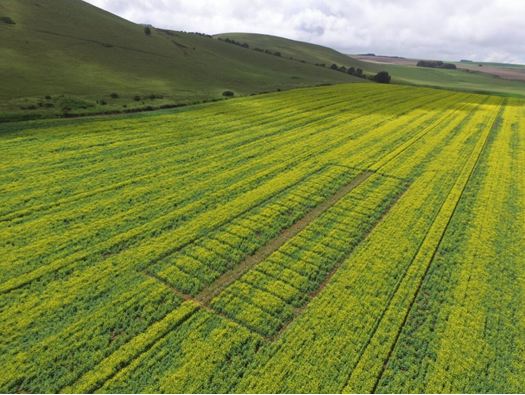
We have just completed the first of several trials looking at the optimum doses of N and S. This trial was located on pumice soil near Nakuru that showed 58 kg/ha of N available nitrogen and 17ppm of sulphur.
The results showed the response to increasing doses of nitrogen, but no response to Sulphur (the lowest rate had just 5 kg/ha of S) which was a surprise.
What is particularly interesting is that although the sulphur level in the soil was not particularly high, the high Organic Matter level of the site is likely to have released the nutrient to supply what was required by the crop.

A leaf tissue test taken at the 6 leaf stage did show that the plant had adequate sulphur available which we know can help decision making.
All of the trials sites have a treatment looking at timing of application too which is already very interesting; more to follow on that another week.
The full data and dose rates of nutrients are available to Agronomy Service clients, and we look forward to seeing the results from other areas of the country to hone our fertiliser recommendations on different soil types. The key lesson so far;
“If you don’t measure it (leaf and soil), you can’t manage it!”
DISCLAIMER:
1. The information and recommendations for seed varieties, including quality, viability, and performance, are based on specific tests conducted by an independent agronomist. These results apply only to the tested seed sample and conditions. No warranty, express or implied, is provided for recommended seed varieties. The recommendation list is not exhaustive, and omission does not imply inferiority.
2. Information and recommendations for seed varieties are derived from test results and practical experience of an independent agronomist. Tests may not cover all conditions, and we do not guarantee similar results. Recommended varieties may not be suitable for all use conditions; the user must determine suitability based on local conditions and agronomic practices.
3. This article’s information is for general consumer assistance, and we are not liable to any user for the provided information under any circumstances.
Till next time!

David Jones is the Broad Acre Specialist at Crop Nutrition Laboratory Services Ltd. (CROPNUTS). David has a keen interest in soils and no till farming systems where he has undertaken work looking into weed levels and changes in soil structure, and has extensive experience in field trials and in the development of precision farming techniques. In his spare time he enjoys playing rugby.
Order our services and get to know how to improve your soil for better yeilds.